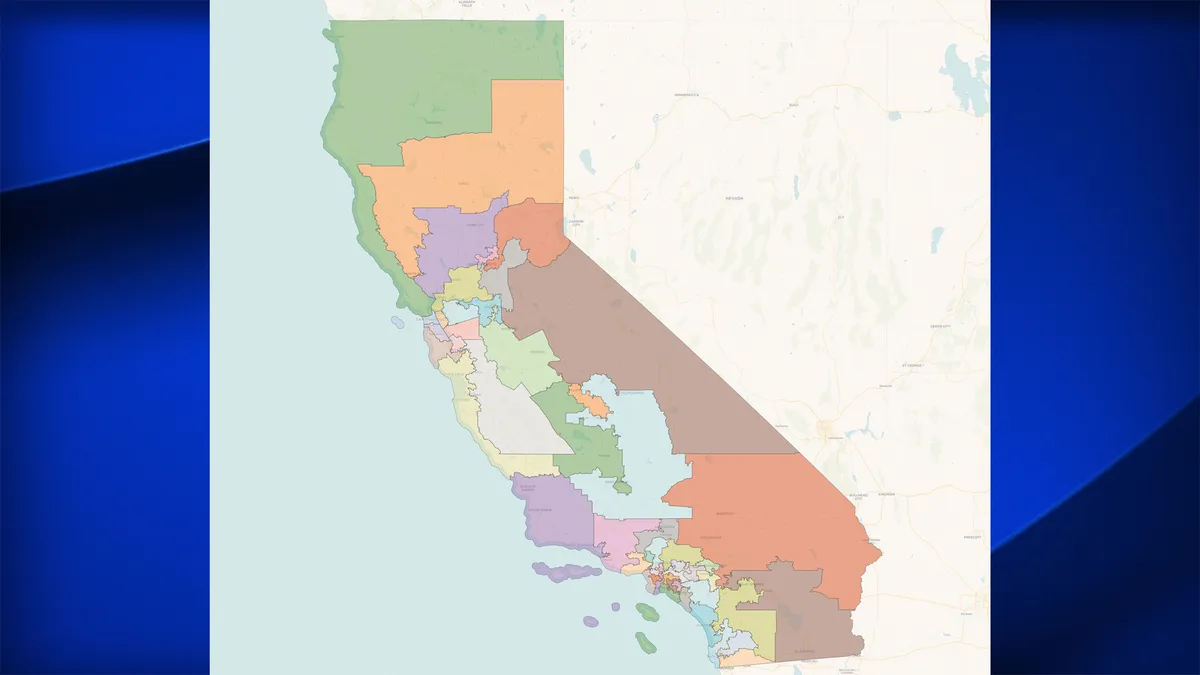
In a significant development reflecting the Democratic Party's commitment to redistricting, former President Barack Obama publicly endorsed California Governor Gavin Newsom's proposal to redraw the state's congressional map. During a recent fundraiser for the Democratic Party's main redistricting arm, Obama emphasized that this strategic move is crucial to counteract the Republican Party's aggressive tactics in states like Texas. "I think that approach is a smart, measured approach," Obama stated, highlighting the importance of proactive measures in the face of escalating political maneuvers.
Traditionally, the incumbent president's party faces challenges during midterm elections, often resulting in a loss of congressional seats. Currently, the Republican Party holds a precarious three-vote majority in the House of Representatives, making the upcoming redistricting efforts all the more critical. Meanwhile, former President Trump is not limiting his influence to Texas; he has urged Republican leaders in conservative strongholds such as Indiana and Missouri to pursue similar strategies to create additional Republican seats.
As Texas Republicans work to alter their district lines, California Democrats are also contemplating revisions to their congressional map, which aims to create five competitive seats for their party. This initiative comes as a direct response to the Texas House's approval of a new map designed to favor conservative candidates. Governor Newsom's strategy is a calculated risk, prompted by Trump's encouragement for Texas Republicans to revisit their 2021 legislative maps to secure up to five new GOP seats.
While Texas's redistricting process appears streamlined, requiring only approval from the GOP-controlled state Senate and the signature of Republican Governor Greg Abbott, California's path is more complex. The state's Democrats must leverage their legislative supermajority to pass the new map with a two-thirds majority. Additionally, they will need to schedule a special election in November for voters to approve the new map. This complex process is further complicated by California's voter-endorsed independent commission that Newsom previously supported, which must be overridden for the new map to take effect.
The ongoing redistricting battle emphasizes the significant role that district maps play in shaping political power across the United States. Trump's directive to Republican-controlled states to redraw district lines based on population trends favoring Republican votes has sparked a race among states to revise their maps ahead of the 2026 midterm elections. The potential consequences of these redistricting efforts could be substantial, especially as midterm elections typically favor the opposing party.
To grasp the implications of these redistricting efforts, it's essential to understand gerrymandering. This term, first coined over two centuries ago, describes the manipulation of electoral district boundaries for political advantage. When a political party controls both a state's legislature and governor's office, it can draw district lines that benefit its electoral prospects. Common gerrymandering tactics include packing opposing party voters into a few districts or spreading them across multiple districts to dilute their voting power.
While each state is expected to finalize its district maps by the first midterm elections following the decennial census, there are no legal barriers preventing states from redrawing maps throughout the decade. The U.S. Supreme Court ruled in 2019 that while partisan gerrymandering is permissible, racial gerrymandering is unconstitutional. This legal landscape allows states considerable leeway in adjusting their political boundaries.
As California and Texas navigate their respective redistricting processes, the stakes are high. Trump’s influence is prompting GOP-led states to adjust district lines to consolidate power, while California aims to counter these efforts with a robust redistricting strategy of its own. With both parties preparing for intense electoral battles, the outcome of these redistricting initiatives will undoubtedly shape the political landscape for years to come.